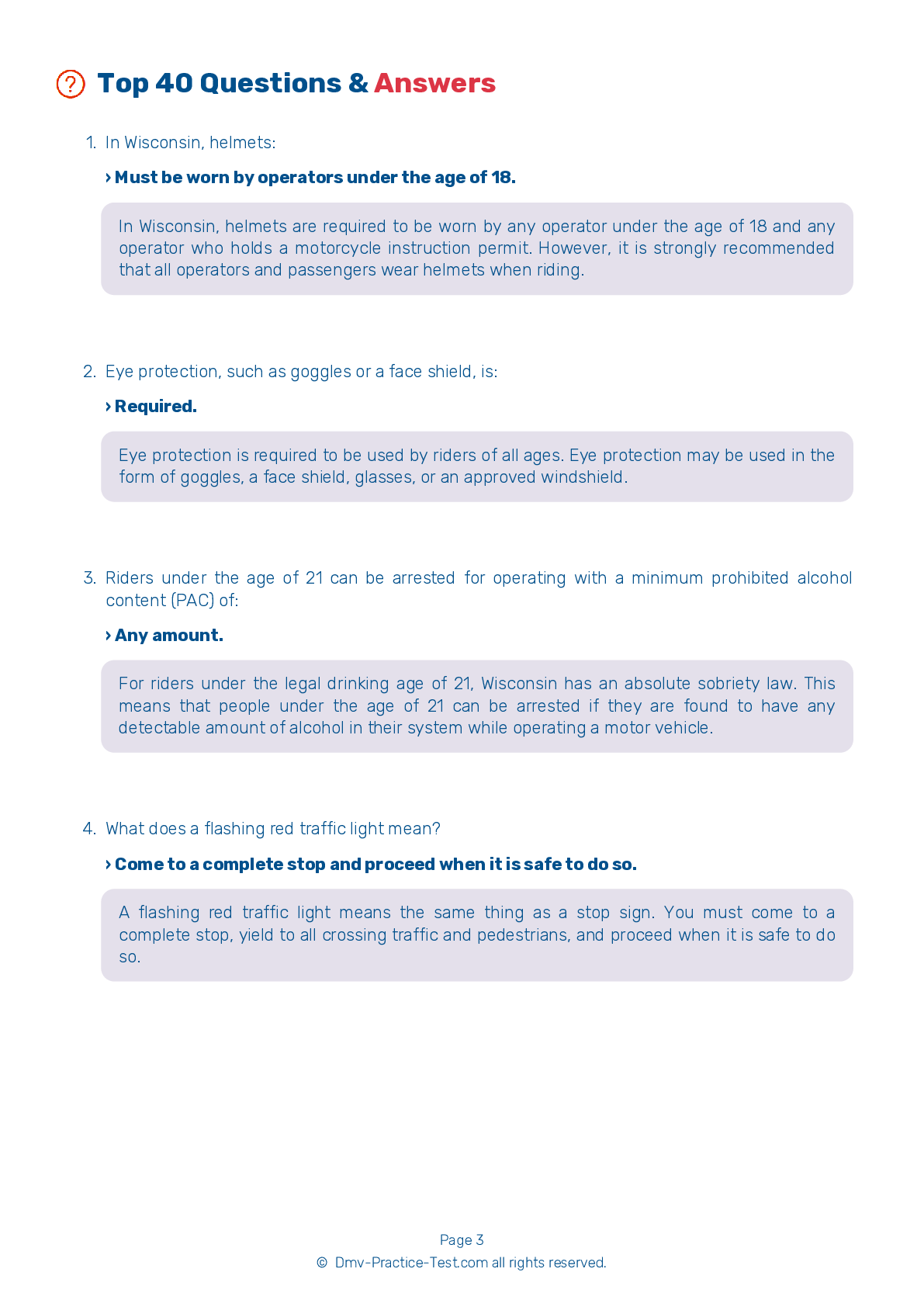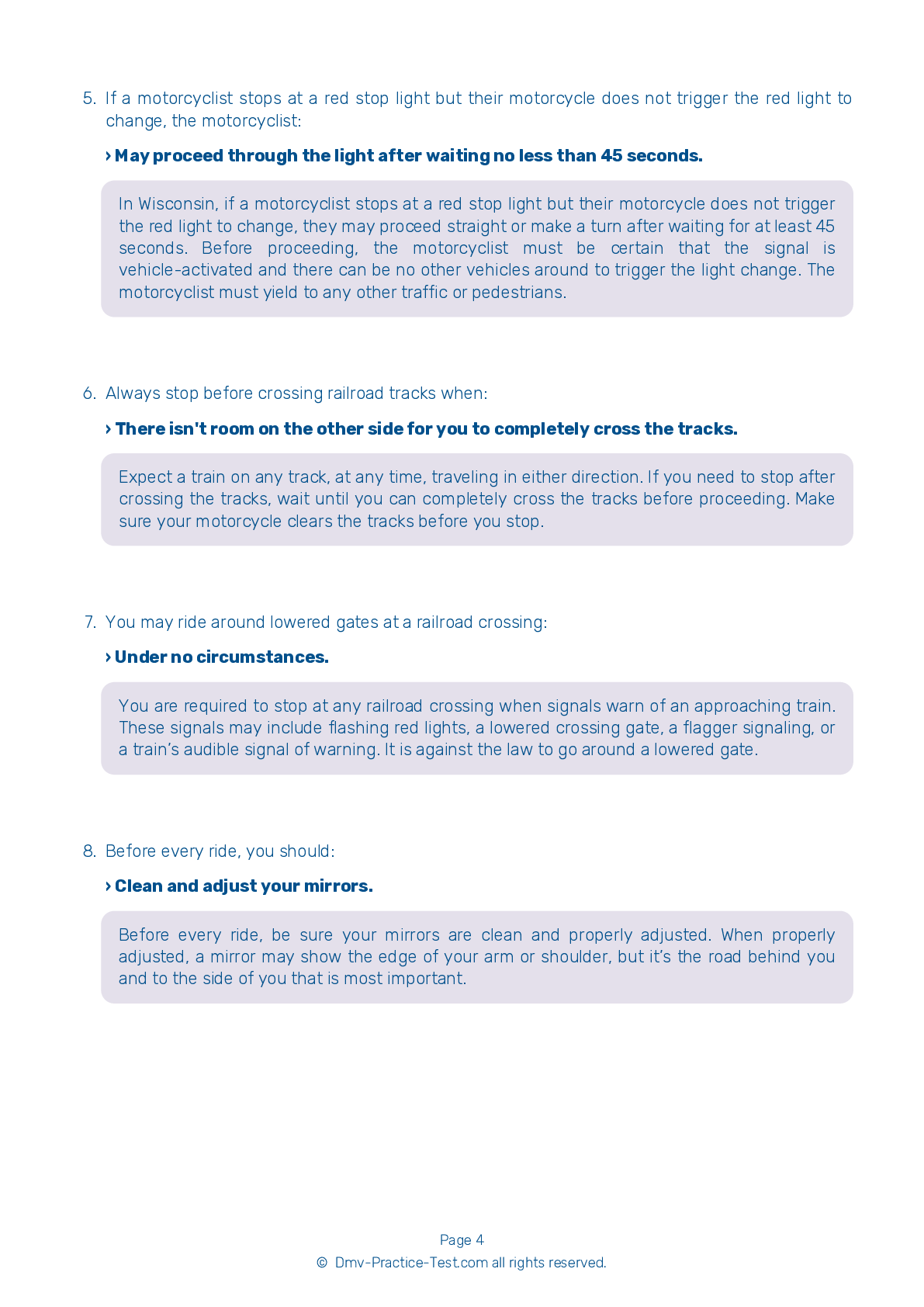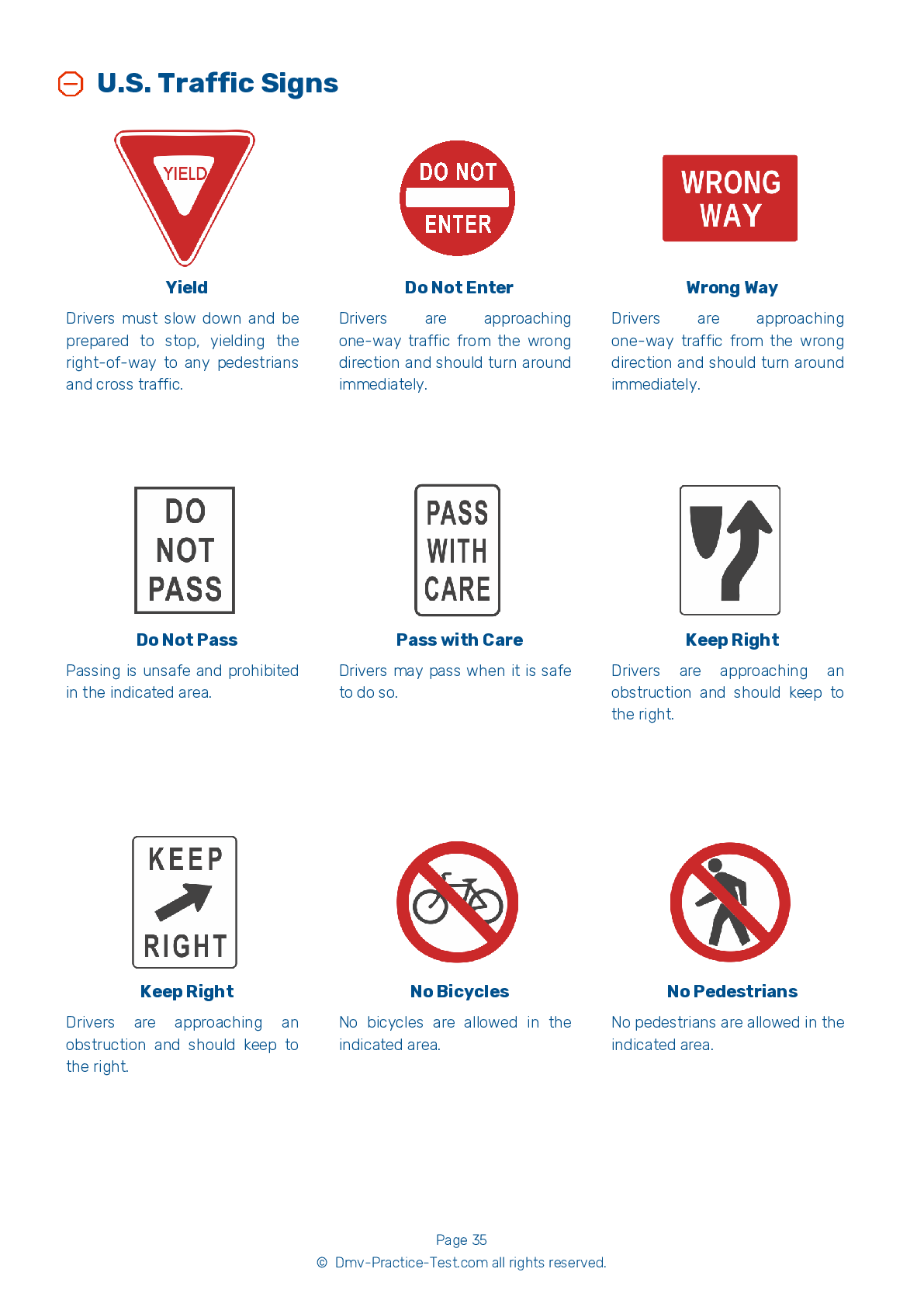Motorcycle Test | License WI 2025 | FREE Online Practice! #3 Page 5 of 5
Take this FREE motorcycle test (license in WI 2025) to check your knowledge of the road rules. To improve your results, download a motorcycle handbook online, study theory, and practice for free on our website. Still worried about how to get a motorcycle license in Wisconsin in 2025? Check our website for more sample tests, train as much as possible, and boost your grades!
33 . How can you regain control if your rear tire locks up?
To regain control of a locked rear wheel, the brake must be released. However, if you accidentally lock the rear brake on a good traction surface, you can keep it locked until you have completely stopped.
34 . The proper body position on a motorcycle:
When riding, you should sit far enough forward that your arms will be slightly bent when holding the handle grips. This will permit you to easily and comfortably reach and operate the controls.
35 . When passing another driver, you should:
Get out of another vehicle's blind spot as quickly as possible. When passing another vehicle, you should move into the passing lane and accelerate past the vehicle.
36 . What does this hand signal mean?
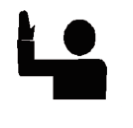
Instead of or in addition to mechanical turn signals, operators may use hand signals to indicate turns or stops. If an operator's left arm is bent at the elbow and pointing upward, it means the operator plans to turn right or change lanes to the right.
37 . Your knees should be:
Keep your knees against the gas tank to help with your balance as you turn the motorcycle.
38 . If traffic is present, where should you generally position your motorcycle when entering a curve?
If there is no traffic present, it is recommended that riders take a curve by beginning on the outside of the curve, moving to the inside of the curve, and exiting on the outside of the curve. If traffic is present, it is a good idea to enter the curve in the center of the lane and remain in the center throughout the curve. Be aware of changing road and traffic conditions and adjust as necessary.
39 . This sign means:
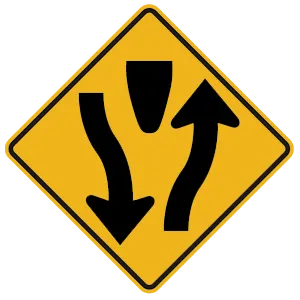
This sign indicates that the road ahead becomes a divided highway. Keep to the right of the divider or median.
40 . This sign means:

This sign alerts you to the possibility of traffic merging into the main stream of travel. After checking to your side and rear, you should move into another lane, if possible, to allow merging motorists a clear path.
See the exact questions that will be on the 2025 Wisconsin DMV exam.
99.2% of people who use the cheat sheet pass the FIRST TIME
Jeneen was tired of paying $5/gallon. She got herself a scooter that required the motorcycle license. She studyed the motorcycle test cheat sheet and passed her test the next day!
Christopher tells us how he knew nothing prior to obtaining the motorcycle study guide, and he only got one question wrong because he clicked on the wrong answer by mistake.

